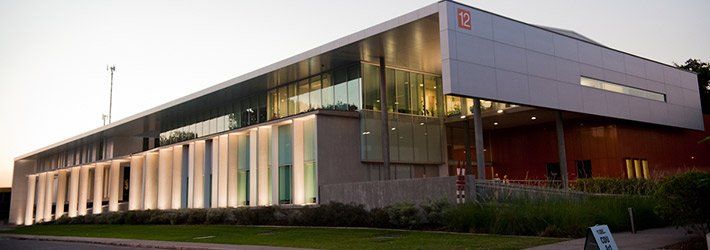1MG FlippingBooks
Charles Darwin University grows with success after success
Cameron Magusic profiles the Northern Territory tertiary institution’s recent achievements

It is fair to say the Northern Territory is of the most successful Australian states or territories to suppress the novel coronavirus pandemic, and that success is being reflected at Charles Darwin University (CDU).
Last December, 63 international students were able to return to CDU after two weeks of quarantine at the old Howard Springs mining facility; the first group of students to return to Australia from overseas, Kate Ashton for the ABC reports.
As one student from Hong Kong told Ashton, CDU is ideal because it is ‘relatively close’ to her home country and the rest of Asia, once again enabling the mix of cultures to the benefit of Territorians.
While the Asian staple food of rice has become mainstream in modern Australian cuisine, a new research project at CDU aims to turn native Australian rice into commercial products.
The project, which is being funded by CDU and partners to the tune of $1.4 million dollars, involves researchers growing three native rice species and studying ‘growth, yield and grain quality’, according to Sean Bellairs at CDU’s Research Institute for the Environment and Livelihoods.
One species is unique to Australia and grows mainly near Katherine, Dr Bellairs said, and the other two can be seen around the Top End.
Aboriginal communities have been growing the species for tens of thousands of years and are adding their expertise to the project, according to Dr Bellairs.
The Northern Territory government through its Department of Industry, Tourism and Trade (DITT) is interested in the project as well, providing the use of its researchers and facilities.
DITT executive director of agriculture Phil Hausler said, ‘This research will assist in attracting and facilitating (agribusiness) investment.’
Separately, a CDU student is making great strides in her own agriculture education journey.
Rural Operations student Kristy Gamble, based at CDU’s Katherine campus, made the most of last year’s turmoil and disturbances.
Scheduled to exhibit her equine and cattle mastery at the Katherine and Darwin Shows before both were cancelled, Gamble is set to grab her studies by the horns with the aim of competing at both events this year.
CDU Katherine team leader Alison Haines said the campus’ students have ‘made the most of a difficult year and we have enjoyed having them on campus’.
Please contact me on LinkedIn here if you would like to share your CDU experience.
















